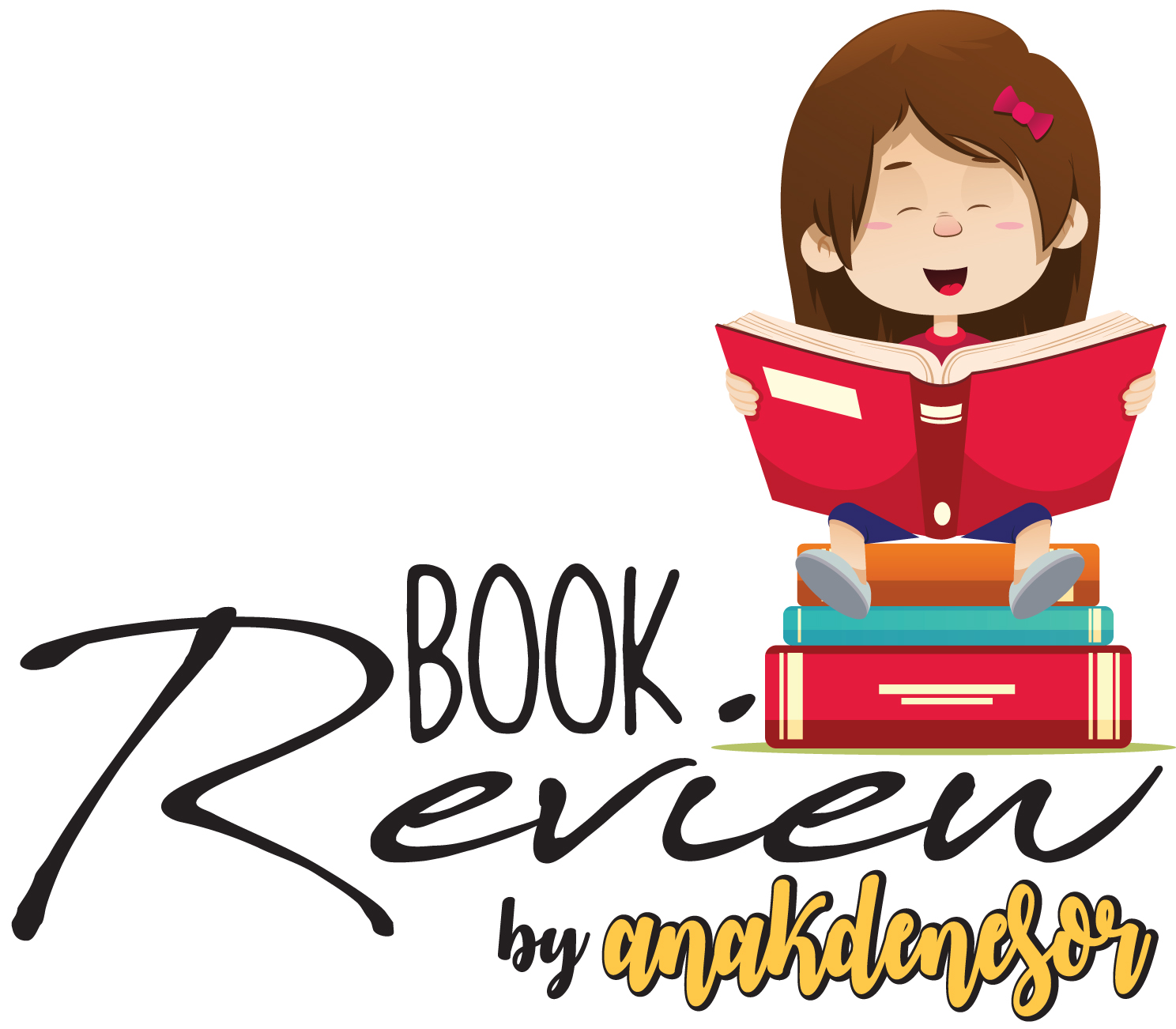

Time is presented as like a book with all the pages filled in. That is the most complex part of this novel. Wikipedia TIME TRAVELĮven better than reading A Wrinkle In Time, I’d say it’s helpful for young readers to have considered the possibility of time travel. Stead was aware that she did not want A Wrinkle in Time to have too big an influence on When You Reach Me. Keeping this in mind, she reread A Wrinkle in Time through the perspective of different characters, which enabled her to develop new connections and ideas in her own work. Stead was inspired by Madeline L’Engle’s classic and initially only mentioned it briefly but her editor advised her to make more of it if she wanted to keep it in at all. Goodreads reviewer who also loved A Wrinkle In Time as a kid I do think readers who haven’t read and enjoyed Madeleine L’Engle‘s A Wrinkle in Time can enjoy this book, but I would suggest reading L’Engle’s book before picking up this one it will mean so much more. No knowledge of Madeleine L’Engle’s work is needed here, but those who’ve read it will get more out of this one. Are young readers expected to be familiar with A Wrinkle In Time? A children’s story with a strong intertext must exist as complete in its own right. Speaking of Katherine Paterson, Bridge To Terabithia has The Chronicles of Narnia as a possible intertext and When You Reach Me has the very clear intertext of A Wrinkle In Time. Yet at the same time, the narrator is saying something universal and true.

An adult would be more articulate about it. We know it’s not an adult looking back telling the story because ‘it didn’t make me feel good’ is a kind of emotionally naive thing to say. I’ve seen it described as ‘third-person limited omniscient narrative’, which basically means the narrator is looking back on fairly recent incidents. I’ve heard this style of narration was sort of invented by Katherine Paterson. “It’s okay.” I was so grateful that she had something to apologize for that it didn’t really occur to me to think about how it had actually made me feel. Take the following passage, which demonstrates the narrator is right there in a 12-year-old’s headspace. (That would match the cover better, too.) NARRATIONįirst, I admire the 12-year-old-ness of it. (I keep thinking it’s When I Reach You.) It was originally called You Are Here, which I like better. There are many things to admire about When You Reach Me. It is also science fiction and grounded in the real world.

I’ve seen this middle grade novel described as magical realism, though for knotty political reasons we might prefer to call it fabulism. When You Reach Me by Rebecca Stead is ten years old now, published 2009.


 0 kommentar(er)
0 kommentar(er)
